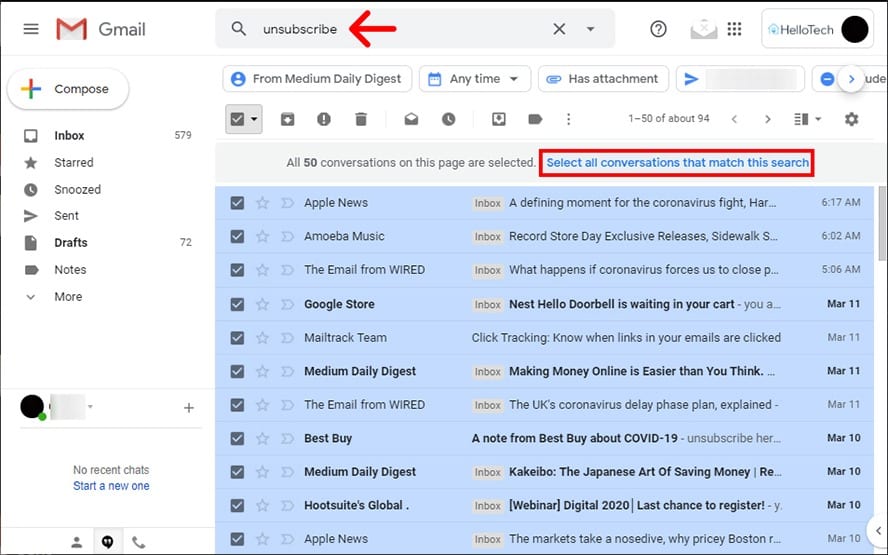Have you ever experienced the sinking feeling when you realize that your carefully crafted email has been unjustly relegated to the spam folder? You’re not alone. In this digital age, spam filters have become increasingly aggressive, often catching innocent emails in their web. But fear not, for there’s hope for your emails yet. In this comprehensive guide, we will delve into the murky depths of spam filters and emerge armed with an arsenal of strategies to reclaim your emails from the spam purgatory.

Image: atonce.com
Understanding the Mechanics of Spam Filters
Modern spam filters employ a sophisticated algorithm that scrutinize incoming emails for suspicious characteristics, such as:
-
Unfamiliar sender: Filters flag emails from senders who aren’t on your contact list or have not previously communicated with you.
-
Suspicious links or attachments: Links or attachments from unknown sources raise red flags for filters.
-
Spammy language: Emails with overly promotional or urgent language can trigger spam filters.
-
Poor formatting: Emails with improper grammar, suspicious sender addresses, or excessive punctuation can also fall prey to spam filters.
Strategies to Outsmart Spam Filters
Now that we understand how spam filters operate, let’s embark on the quest to outsmart them and reclaim our rightful place in the inbox.
1. Establish Sender Trust
-
Use a reputable email address: Avoid using free email providers that are commonly associated with spam. Opt for a professional email address linked to your domain.
-
Build a contact list: Regularly communicate with your subscribers to establish a rapport and increase the chances of your emails landing in their inbox.
-
Use a recognizable sender name: People are more likely to open emails from familiar names or organizations.
2. Craft Spam-Proof Content
-
Avoid spammy language: Stick to professional and informative language. Avoid using excessive exclamation points, all caps, or phrases like “limited time offer” or “click here now.”
-
Use relevant links and attachments: Only include links and attachments that are relevant to the email’s content. Ensure that attachments are scanned for viruses before sending.
-
Proofread and format carefully: Ensure that your emails are free of grammatical errors, have a clear subject line, and are formatted professionally.
3. Optimize Email Infrastructure
-
Implement SPF and DKIM: These technical authentication methods help verify that your emails are legitimate and originate from your domain.
-
Set up a dedicated IP address: Having a dedicated IP address for your email campaigns can prevent IP reputation issues that could lead to spam filtering.
-
Monitor email deliverability: Use email delivery monitoring tools to track bounce rates, spam complaints, and overall email deliverability.
4. Leverage Whitelisting and Removal Requests
-
Request whitelisting: Ask your subscribers to add your email address to their contact list or whitelist to ensure that your emails consistently reach their inbox.
-
Handle spam complaints promptly: If you receive a spam complaint, remove the recipient from your email list immediately and investigate the reasons for the complaint.
5. Stay Updated on Spam Filter Trends
Spam filters are constantly evolving, so it’s crucial to stay informed about the latest trends and best practices. Monitor industry blogs, attend webinars, and consult with email marketing experts to ensure that your strategies remain effective.

Image: www.hellotech.com
How To Fix Emails Going To Spam
Conclusion
By embracing the strategies outlined above, you can increase the likelihood that your emails will reach their intended destination, the inbox. Remember, patience and perseverance are key. It may take time and effort to fine-tune your email practices, but the satisfaction of seeing your emails soar past spam filters is well worth the investment. Free your emails from the spam purgatory and reconnect with your audience, one delivery at a time.